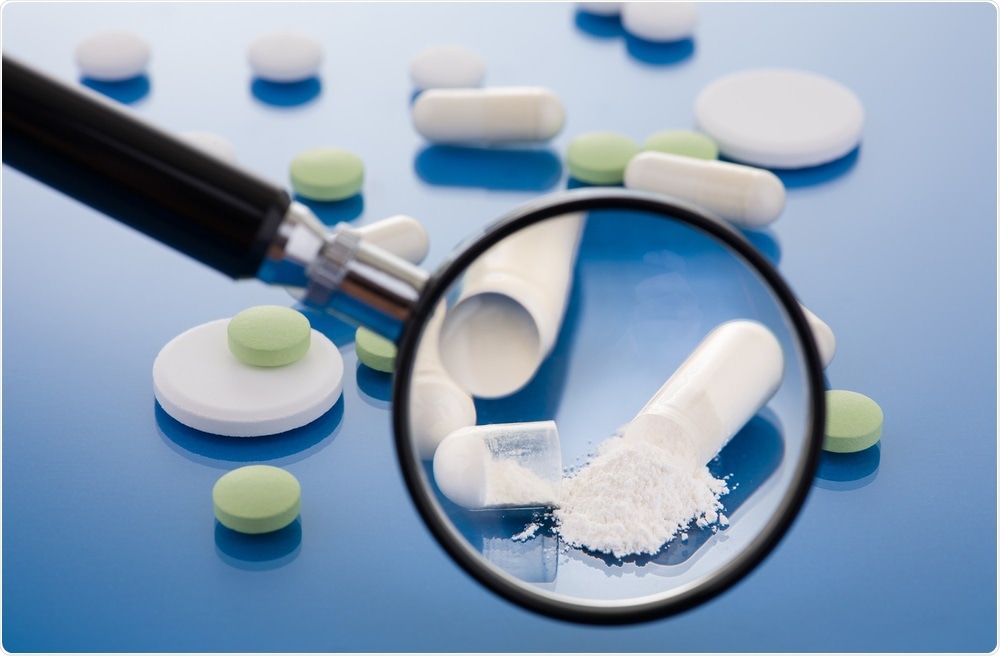Early stage drug delivery formulations are complex mixtures which contain solid particles, with the main constituent being polymers. When the polymers are mixed into a drug formulation, they often change the morphism of their structure from crystalline to amorphous, or vice versa. These structural changes pose a risk to the viability and safety of the drug and identifying any polymorphic changes is crucial for the success of any drug. There are methods out there that can analyze these solid components, but there is no universal method to quantify and monitor the different morphologies of active pharmaceutical ingredients (APIs).

© unpict/Shutterstock.com
In this webinar, the Product Manager for TD-NMR Pharma Applications, Dr Venita Becker, and the Application Manager / Developer in the Applied, Industrial and Clinical Division, Dr Marcio-Fernando Cobo, of Bruker Biospin discuss how recent NMR methods offer the best scope for identifying solid particles in drug formulations, and compare them against new time domain NMR (TD-NMR) methods – namely the new minispec MQ20 system from Bruker Biospin.
The webinar starts by showcasing the current issues surrounding polymorphism in many of the APIs used within drug formulations, alongside noting the challenges facing R&D scientists who use these ingredients in early-stage drug developments. A solution to these problems can be found with benchtop TD-NMR because it has been specifically developed for these applications and combines the analytical power of NMR in an easy-to-use instrument.
After an introduction into the underlying principles of NMR, the key differences between conventional NMR and TD-NMR are discussed in an in-depth, but understandable, way. The main factor discussed which makes TD-NMR an ideal solution for solid particle quantification is the ability to measure physical properties only, not chemical information.
Once the initial introductions are over, Dr Becker moves onto showing how TD-NMR can be used for distinguishing between liquid, solid and solid-liquid-mix samples and how it can provide information about component ratios, absolute quantities and the relative percentage mass of solid components in mixed systems. For those interested in the technical side from first principles, how the instrument (and the software) functions in terms of its saturation curve and relaxation time is explained in detail using a combination of graphs and a video example.
Dr Becker also highlights a key component of the TD-NMR system, the Dynamics Center software. The Dynamics Center is a specialist program built into Bruker NMR systems, but the webinar focuses on the usage of this software in TD-NMR. The software is a key part of the automatic calibration processes for the results curves and creates a simple user-interface.
Some of the key features of the minispec MQ20 system are showcased throughout the webinar, and include minimal preparation requirements, simple calibration, small footprint, the use of a cryogen-free magnet, use over a wide temperature range, automatic parameter optimization, analyses being performed within seconds and a ‘drag and drop’ multifunctional results folder.
However, these are just a small portion of the benefits offered for solid quantification analyses, and more are documented throughout the webinar.
Overall, the new minispec system has been designed to cater to both NMR experts and beginners. Many of the features can be performed manually for those who know their way round an NMR instrument, but they can also be automated for novice operators. This extends from sampling, to calibration and analysis. The system can be used for a wide range of pharmaceutical applications, from polymorphism screening, drug loading and storage screening, and is a useful tool for scientists in the fine chemicals, polymer and other formulation industries.
To learn more about Bruker Biospin’s minispec MQ20 instrument in more detail, and to see how using TD-NMR could benefit your solid quantification experiments in early-stage drug delivery systems, please click here to register and listen to the webinar.